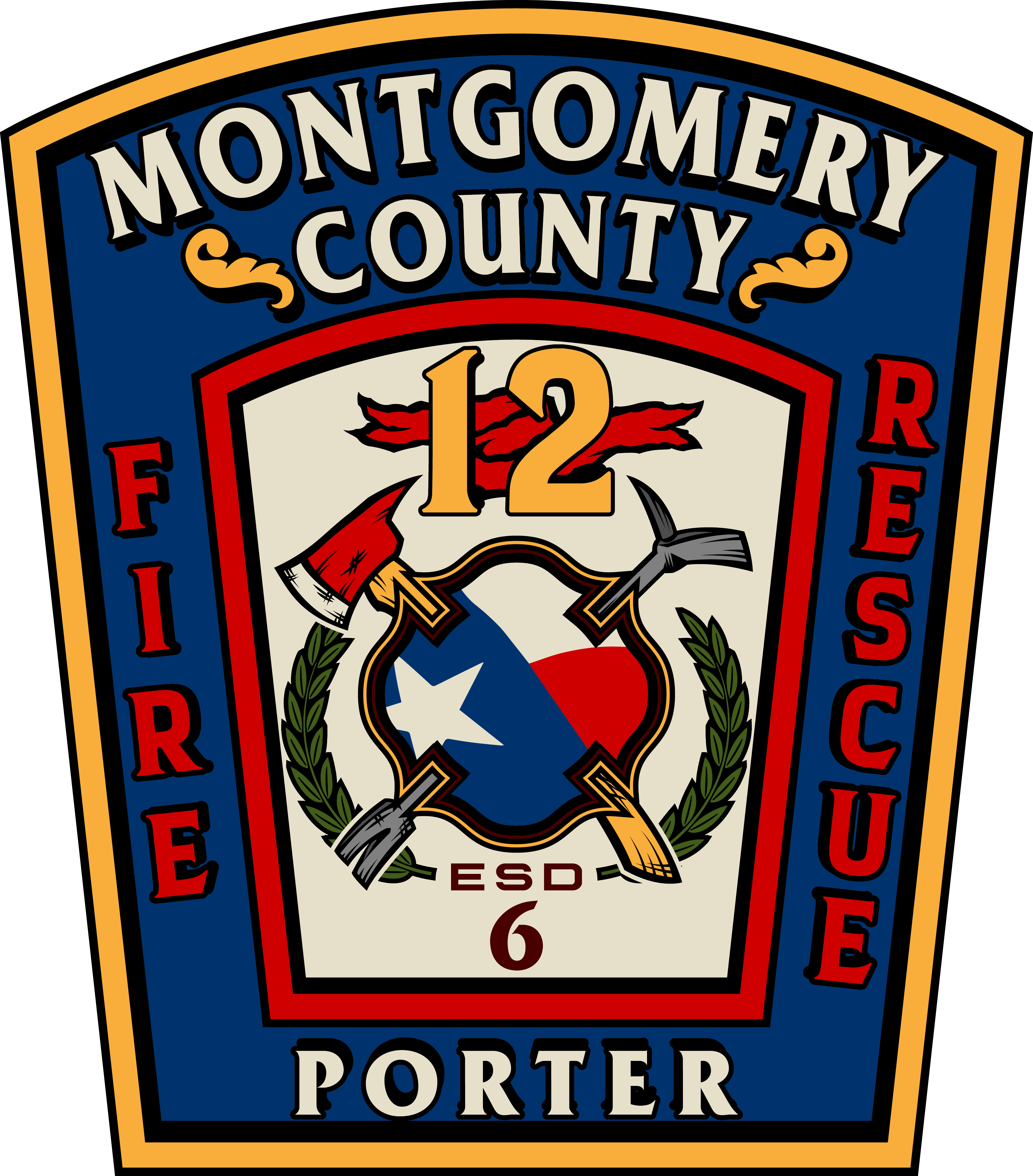After Flooding Occurs

- Avoid driving through flooded areas and standing water. As little as six inches of water can cause you to lose control of your vehicle.
- Do not drink flood water, or use it to wash dishes, brush teeth, or wash/prepare food. Drink clean, safe water.
- If you evacuated, return to your home only after local authorities have said it is safe to do so.
- Listen for boil water advisories. Local authorities will let you know if your water is safe for drinking and bathing.
- During a water advisory, use only bottled, boiled, or treated water for drinking, cooking, etc.
- When in doubt, throw it out! Throw away any food and bottled water that comes/may have come into contact with floodwater.
- Prevent carbon monoxide (CO) poisoning. Use generators at least 20 feet from any doors, windows, or vents. If you use a pressure washer, be sure to keep the engine outdoors and 20 feet from windows, doors, or vents as well. Never run your car or truck inside a garage that is attached to a house even with the garage door open.
The initial damage caused by a flood is not the only risk. Standing floodwater can also spread infectious diseases, bring chemical hazards, and cause injuries.
After you return home, if you find that your home was flooded, practice safe cleaning. Remove and throw out drywall and insulation that was contaminated with floodwater or sewage. Throw out items that cannot be washed and cleaned with a bleach solution: mattresses, pillows, carpeting, carpet padding, and stuffed toys. Homeowners may want to temporarily store items outside of the home until insurance claims can be filed. See recommendations by the Federal Emergency Management Agency (FEMA)external icon.
Clean walls, hard-surfaced floors, and other household surfaces with soap and water and disinfect with a solution of one cup of bleach to five gallons of water.
